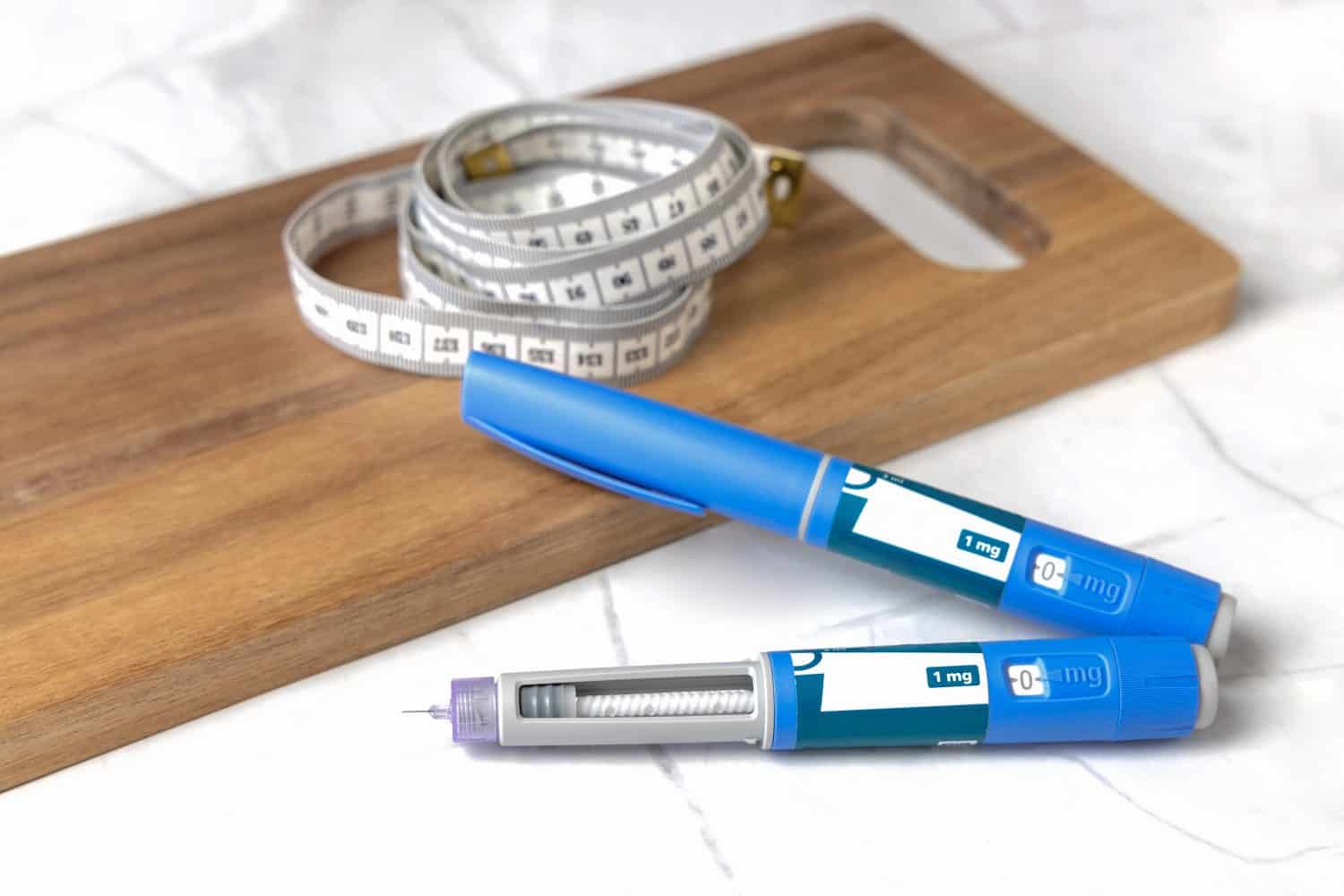
Next to artificial intelligence, weight-loss drugs have been one of the biggest themes investors latched onto in 2024. Eli Lilly (NYSE:LLY) has become the industry leader in a class of drugs called glycogen-like peptide-1 therapies, or GLP-1, that were developed for treating diabetes, but were shown to have dramatic results when it came to losing weight.
The pharmaceutical giant just released its preliminary fourth-quarter sales results, and the market was less than enthusiastic. Lilly reported lower-than-expected U.S. sales growth for its GLP-1 diabetes drug Mounjaro and its weight-loss offshoot Zepbound.
24/7 Wall St. Insights:
-
GLP-1 weight-loss drugs have seen tremendous growth over the past two years, attracting significant investor attention.
-
Novo Nordisk (NVO) was the early frontrunner, but Eli Lilly (LLY) is quickly catching up.
-
Both pharmas are seeing a slowdown in sales due to a variety of reasons, but the recent sharp decline in LLY stock may not make it a buy just yet.
-
If you’re looking for some stocks with huge potential, make sure to grab a free copy of our brand-new “The Next NVIDIA” report. It features a software stock we’re confident has 10X potential.
Coupled with lower wholesale stocking of the drugs, the pharma said sales of $13.5 billion came in $400 million short of the low-end of its guidance. The stock dropped almost 7% on the news, bringing it down over 23% from the all-time high it hit back in September.
Because there is still a large and growing market for GLP-1 therapies, is Eli Lilly, a stock that has continuously paid dividends for over 150 years, a buy?
Birth of a miracle drug

Pharma rival Novo Nordisk (NYSE:NVO) was the first to market with its GLP-1 drug Ozempic for diabetes and rocketed to new heights as off-label prescriptions for obesity made it a cultural phenomenon. The Dutch pharmaceutical eventually released Wegovy to specifically target this market.
But Lilly’s Mounjaro and Zepbound have proved more efficacious than either Ozempic and Wegovy. While Novo Nordisk still owns about 56% of the GLP-1 market, Lilly’s sales have been growing faster and it has been rapidly stealing share from its rival.
Unfortunately, both pharmaceuticals have seen growth slow. Through the first nine months of 2024, sales were up 171% to $8 billion. Zepbound, which was only introduced in November, 2023, grew sales to $3 billion. Together, they accounted for 35% of total sales, and were 38% of the total in the third quarter.
Its preliminary Q4 results forecast the GLP-1 therapies would represent 40% of the total, but demand was less than it had expected. Novo Nordisk is seeing similar results, though Ozempic and Wegovy account for more than half of sales.
Headwinds are slowing growth

Part of the problem both pharmas face has been availability. Demand had been so great that they were having difficulty making enough of the drugs. Yet there were other factors hurting growth as well.
Pricing and insurance coverage have been major stumbling blocks. These drugs are expensive and while treatment for diabetes is often covered by insurance, the weight-loss versions mostly are not. When Ozempic first hit the market, each treatment was well over $1,000 each. The introduction of Lilly’s Mounjaro and Zepbound have brought prices down, but they are still rich at around $900 each. While Ozempic is similarly priced, Wegovy still goes for more than $1,300.
The other major concern is competition. Hims & Hers Health (NYSE:HIMS) sells a knock-off version of GLP-1s for just $165 for a month’s supply. While its GLP-1 formulation contains the same active ingredients, they are compounds of the drug and are not tested for safety and the Food & Drug Administration warns against using compounds when the approved drugs are available.
Other biotechs are pursuing different options. Viking Therapeutics (NASDAQ:VKTX), for example, is targeting other receptors in the body to control weight and is doing so in pill form. While Wegovy and Zepbound are injectables, both pharma giants are also pursuing pill formulations.
Good pipeline, expensive stock
Eli Lilly has a deep bench of therapeutics in clinical trials and could soon release some potential blockbuster drugs in the near future. It should weather any competitive storm just fine and is building out capacity to meet demand.
Yet much of this has been priced into LLY stock. Over the last three years, shares tripled in value as weight-loss mania gripped the market. And even with the drop in value, the stock remains expensive.
LLY goes for 33 times earnings expectations and 17 times sales. Although Eli Lilly should continue eating away at Novo Nordisk’s market share and could gain ground in new markets as Zepbound was just approved for use in treating sleep apnea, the market has already accounted for much of it.
As mentioned earlier, Lilly is a dividend beast. Although the payout has a starting yield of 0.7%, the pharma has grown its dividend at an 18% compound annual growth rate over the last five years and just recently announced a new 15% increase. It marks the 11th consecutive year of dividend hikes.
While an investor could buy in now for the payout, patience will likely earn a better buy-in price in the near future.
Thank you for reading! Have some feedback for us?
Contact the 24/7 Wall St. editorial team.






